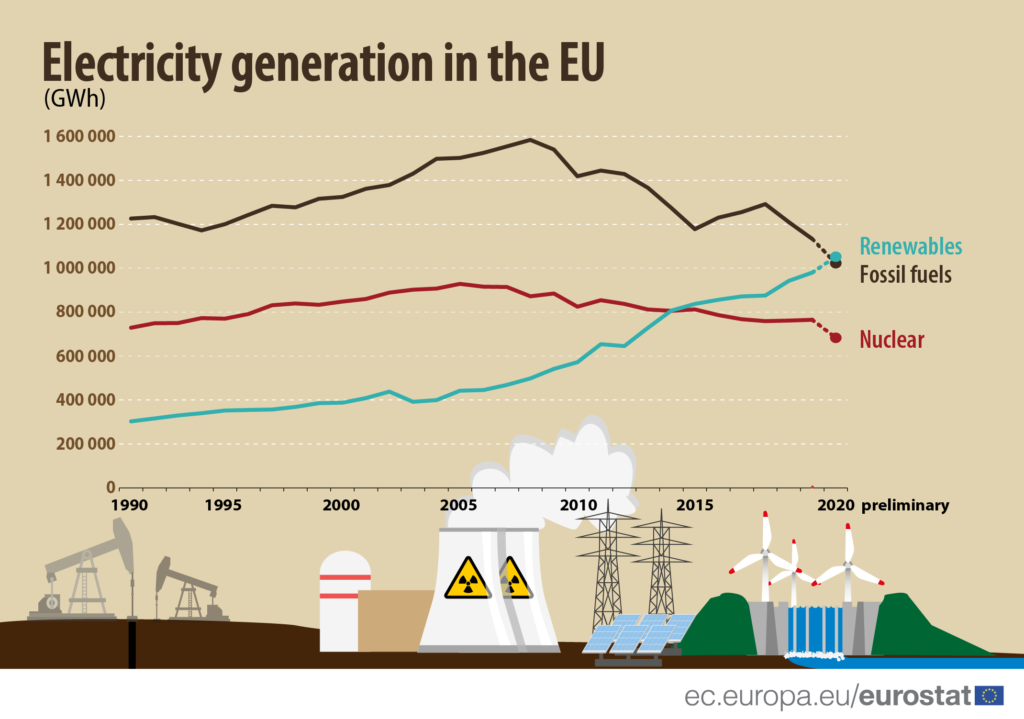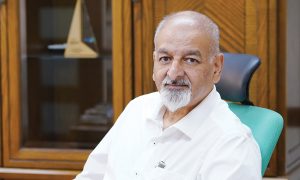Cover story: We head off to Florida, USA for this month’s cover story. Miami Dade County puts pen to paper with Proterra Inc to “re-define” the county’s entire intra-city transport infrastructure. A complete battery electric drivetrain plus powertrain led transition and switch is now officially underway. Proterra Inc is now tasked with:
- 42 e-buses taking the total Proterra fleet size to 75.
- 75 EV charging stations across three bus depots with 19Mwh of battery storage capacity.
- 9MW installed capacity of EV charging power.
A complete and inclusive project covering the entire spectrum, which will ensure an orderly switch from ICE vehicles to lithium-ion battery driven EVs.
Global news desk: The European Union (EU) has released provisional figures in a report on its annual energy upstream and downstream data 2020.1052Twh was the supply/generation of electricity from renewables. Whilst the conventional fossil fuels based power plants contributed 1022Twh to the EU grid. This energy mix is indeed a milestone, one to replicate across all geographies. The detailed data breakdown compiled in graphical format covering almost two decades gives a better understanding of the overall energy market in the EU.

The European parliament in the meantime also got the draft bill on climate change ( which I reported on some months back) passed which now of course becomes part of EU law. Such steps always help in bringing uniformity and to a certain degree, stability too which are very important factors as we all collectively press ahead to make our planet more inhabitable.
Tesla Motors is at it again. Q2 company performance results are out and globally, the company sold 201,250 EVs. Moreover, the UK in June this year saw Tesla outpacing others in the industry by registering 5,468 EVs sold. And mind you, this number and the corresponding report covers the entire UK auto industry. So for June 2021, the market share of EVs (BEV + PHEV) accounted for a little over 17%.
Tritium and Revel in a quasi-JV like project have introduced a dedicated EV fast charging facility in Brooklyn, New York. Tritium’s very own 25 DC charging stations , RTM-75KW along with Revel’s fleet of electric-mobility transport is now fully operational which in my view is a very good business case study, comprehensive indeed and a model others can look into as the infrastructure to make the e-mobility switch is put in place.
So, I head back to the title of this month’s article, ” li-ion battery: an energy infrastructure asset” and I suppose the readers should be the jury on this. Does the title and what I’ve covered have any correlation?








